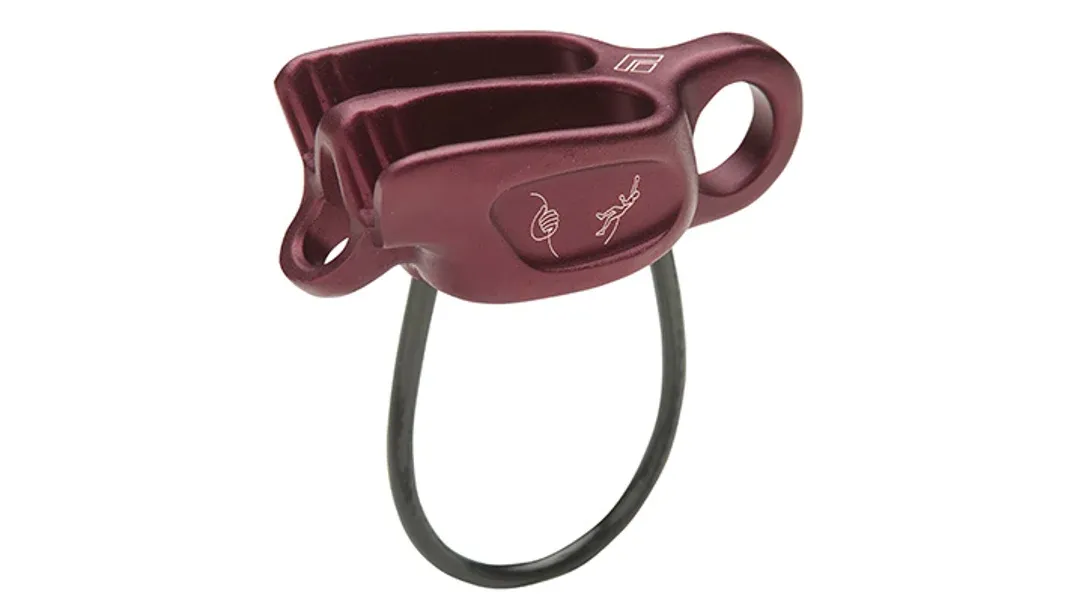What Is Heel Drop? Here’s What You Need to Know When Buying Your Next Pair of Hiking or Running Shoes
Heel drop refers to the difference in height between the heel and the forefoot of a shoe, typically measured in millimeters. This measurement influences how a shoe affects your foot's biomechanics and running or hiking style. A higher heel drop can provide more cushioning and support, making it suitable for those with specific needs or injuries. Conversely, a lower heel drop promotes a more natural foot position, encouraging a midfoot or forefoot strike. When selecting hiking or running shoes, understanding heel drop is essential for optimizing comfort, performance, and injury prevention tailored to your individual preferences and activities.

When it comes to selecting the ideal pair of hiking or running shoes, one of the most crucial yet often misunderstood factors is heel drop. This term refers to the difference in height between the heel and the forefoot of the shoe, and it plays a significant role in your overall comfort, performance, and even injury prevention during your outdoor activities. Understanding heel drop can help you make an informed decision, ensuring that your next pair of shoes aligns with your specific needs and running or hiking style.
Heel drop is typically measured in millimeters, and the range can vary significantly among different shoe models. Shoes can have a low heel drop, which usually falls between zero to four millimeters, a moderate heel drop ranging from five to eight millimeters, or a high heel drop that exceeds eight millimeters. Each of these categories has its unique advantages and potential drawbacks, depending on your biomechanics and the terrain you plan to navigate.
Choosing a shoe with a low heel drop is often favored by those who are looking to promote a more natural running style. This type of shoe encourages a midfoot or forefoot strike, which can help reduce the impact forces transmitted to the body. For many runners, especially those who have a natural tendency to land on the midfoot, a low heel drop can lead to a more efficient running gait, potentially minimizing the risk of injuries such as shin splints or runner's knee. Additionally, a low drop can enhance proprioception, which is your body’s ability to sense movement and position in space. This increased awareness can be particularly beneficial during technical hikes or trail runs where varied terrain demands greater agility and balance.
On the other hand, shoes with a high heel drop can provide significant cushioning and support, making them a popular choice for long-distance runners and hikers who prioritize comfort over a natural gait. A higher drop can also accommodate heel strikers, who tend to land on their heels first when running. This design helps to absorb shock and reduce the impact on the joints, which can be especially beneficial for those with a history of injuries or for individuals who prefer a more cushioned feel during their activities. However, it is essential to note that the reliance on cushioning may lead to a decreased awareness of the ground underfoot, which could negatively affect stability and balance, particularly on uneven trails.
When considering heel drop, it is also important to take into account the type of terrain you’ll be traversing. For example, if you’re planning to tackle rugged mountain trails or rocky paths, a shoe with a lower heel drop might offer better control and stability. The enhanced ground feedback can assist you in navigating obstacles and maintaining your footing on unpredictable surfaces. Conversely, if your hikes or runs predominantly take place on smooth, paved surfaces, a higher heel drop shoe could provide the comfort and cushioning needed to absorb the repetitive impact of running on hard ground.
In addition to the heel drop, the overall fit and feel of the shoe should also be factored into your decision-making process. Different brands and models may possess varying levels of cushioning, support, and flexibility. It is essential to try on several pairs, paying close attention to how the heel drop feels in conjunction with your foot’s natural mechanics. When trying on shoes, consider wearing the same type of socks you plan to wear during your activities and walk or run in them to get a feel for how they perform.
It’s also worth noting that transitioning from one type of heel drop to another should be approached with caution. If you are accustomed to a high drop shoe and wish to shift to a lower drop model, it's advisable to gradually increase the amount of time spent in the new shoes. This gradual transition allows your muscles and tendons to adapt to the altered biomechanics, reducing the risk of discomfort or injury.
Another consideration is your individual biomechanics and running style. A professional gait analysis can provide insights into how your foot strikes the ground and whether you are better suited to a specific heel drop. Some individuals may have a tendency to overpronate, while others may under-pronate. Understanding these tendencies can help you find shoes that not only suit your heel drop preferences but also provide the necessary support to enhance your performance while minimizing injury risks.
In conclusion, heel drop is a vital aspect to consider when purchasing your next pair of hiking or running shoes. The right drop can significantly impact your comfort, performance, and injury prevention strategies. While low heel drop shoes can encourage a more natural gait and improved proprioception, high heel drop shoes can offer cushioning and support for heel strikers. Always take into account the terrain, your personal biomechanics, and the overall fit of the shoe before making your decision. By understanding heel drop and its implications, you can select footwear that enhances your outdoor experiences, allowing you to enjoy every step of your journey whether on the trail or the road.






